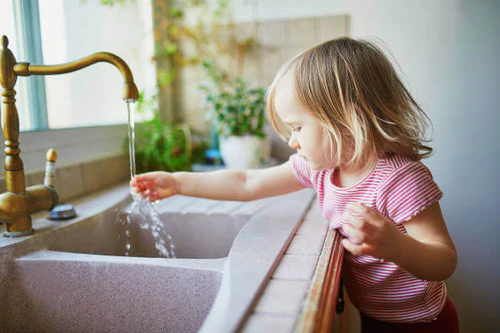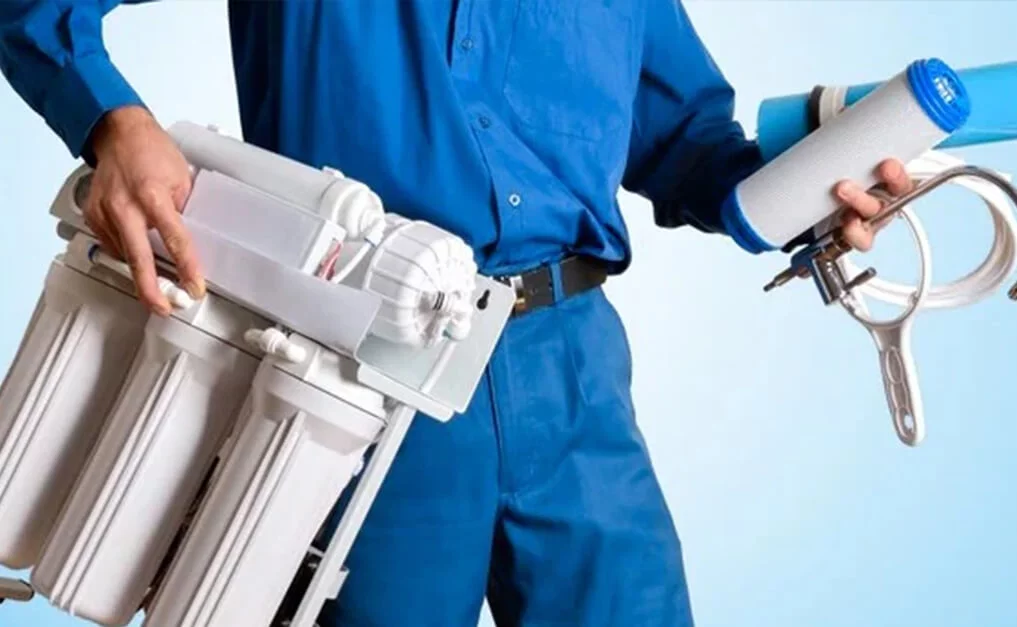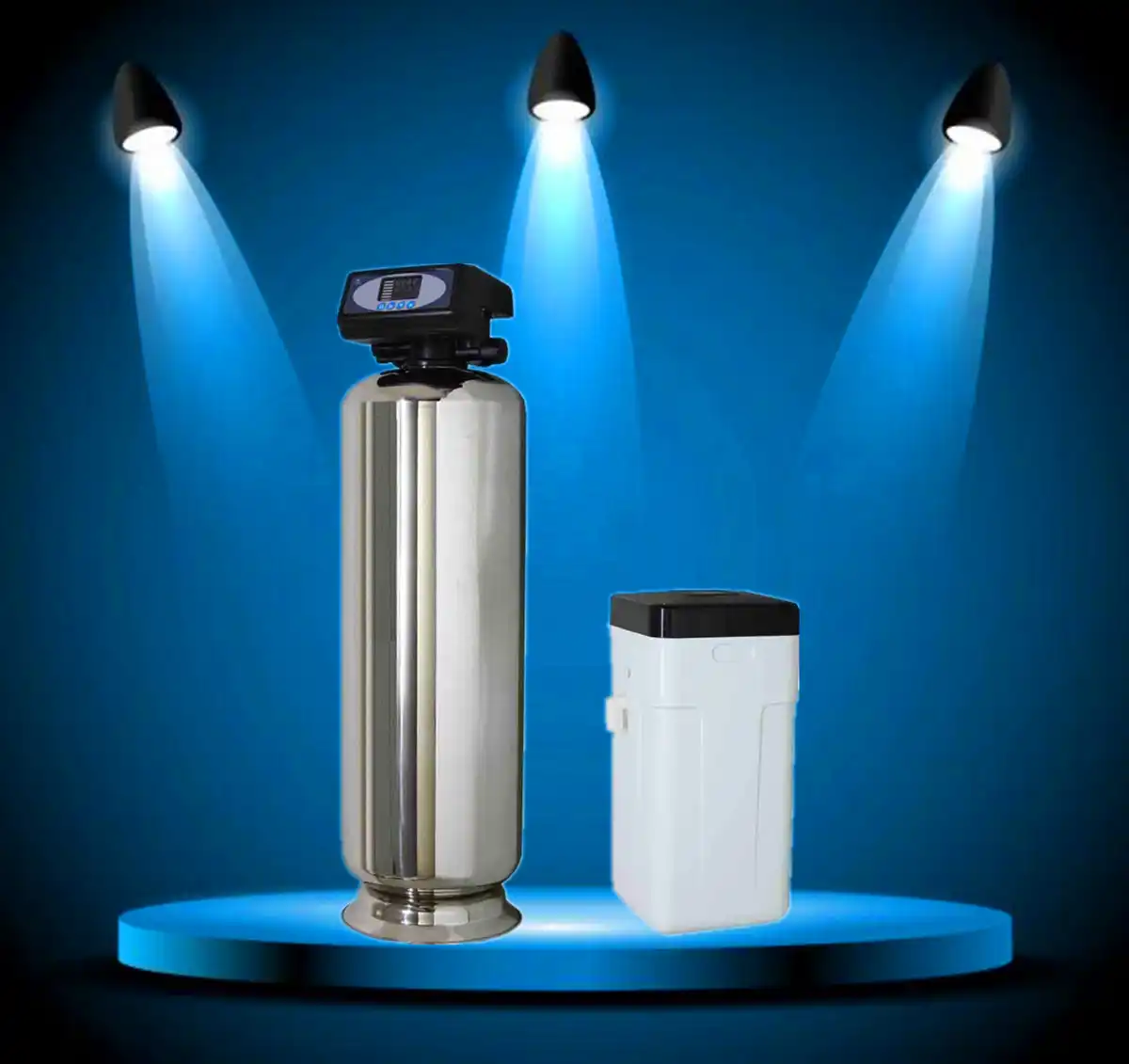Dear Friends, I've been puzzled by something lately! The other day at home, I saw my family fill a pot with water straight from the purifier and start boiling it. I was baffled—we spent a fortune on that purifier, so shouldn't the water be safe to drink? Why boil it again? I bet many of you share this confusion. Today, let's dive into whether boiling water is truly necessary after installing a water purifier.

Unveiling Water Purifiers: A Deep Dive into Different Types
Before answering this question, we need to understand the key players in the water purifier family. The most common types on the market today are reverse osmosis (RO), ultrafiltration (UF), and microfiltration (MF) systems. Their filtration principles and effectiveness vary significantly.
Reverse osmosis systems are the “top performers” among water purifiers, boasting a filtration precision of 0.0001 microns—equivalent to one-millionth the diameter of a human hair. By applying pressure to water, it forces water molecules through a reverse osmosis membrane, trapping bacteria, viruses, heavy metals, harmful chemicals, dissolved salts, and other contaminants outside. The filtered water is essentially pure water molecules, ready to drink straight from the tap. Take areas with poor water quality, like cities with heavy industrial pollution. Water there might be loaded with heavy metals and chemical contaminants. That's where reverse osmosis water purifiers shine, filtering out these harmful substances to give you safe, pure water to drink.
Ultrafiltration water purifiers act like a “gentle guardian.” With a filtration precision around 0.01 microns, they remove most bacteria, viruses, and large organic molecules while retaining some minerals in the water. However, their effectiveness at filtering heavy metals and certain small-molecule pollutants is limited. In southern regions with generally good water quality, ultrafiltration systems are quite popular. In cities like those in Guangdong, where tap water sources are relatively clean, ultrafiltration systems can meet daily water needs. Plus, they offer the advantage of not requiring electricity and producing no wastewater.
Microfiltration water purifiers are considered “entry-level options.” With filtration precision typically ranging from 0.1 to 10 microns, they primarily remove larger particles like silt, suspended solids, and red worms from water. However, they are ineffective against smaller contaminants such as bacteria, viruses, and heavy metals. Simple faucet filters and pitcher filters fall into this category, serving as preliminary treatments. Water filtered through them still requires further processing before being safe to drink.

The Direct-Drinking Camp: The Confidence Behind Drinking Straight from the Filter
Those who believe filtered water is safe to drink straight from the tap typically have reverse osmosis (RO) systems installed. The core component of these systems, the RO membrane, is incredibly effective. Its pore size is exceptionally small—just 0.0001 microns—meaning virtually all impurities are blocked. Whether it's harmful heavy metals like lead, mercury, or cadmium; various bacteria and viruses; or pesticide residues and chemical pollutants, it traps them all. Water filtered through reverse osmosis achieves remarkably high purity. International standards for direct drinking water require total dissolved solids (TDS) to typically not exceed 500 milligrams per liter, suspended solids to stay below 5 milligrams per liter, and microbial contamination levels to fall under specified thresholds. Water filtered through reverse osmosis easily meets these benchmarks—often surpassing them—making it perfectly safe for direct consumption.
The Boiling-Water-Drinking Camp: Reasons for Persisting
In daily life, it's common to see older generations boiling water before drinking it, even if they have a water purifier installed at home. Their persistence stems from several reasons.
Traditional Habits
China has a long-standing tradition of drinking hot water, deeply ingrained in daily life. Historically, as early as the Warring States period, Mencius noted, “In winter, one drinks hot water”—here, “hot water” refers to boiled water. Ancient scholars and literati regarded brewing and savoring tea as an elegant pastime. The Dream of the Red Chamber features numerous descriptions of tea drinking, from the selection of tea leaves and the refinement of tea ware to the water temperature and brewing techniques, all reflecting the profound depth of tea culture. Brewing tea demands precise water temperatures, as different teas require varying degrees of heat to unlock their full aroma and flavor. For example, green tea is typically brewed with water at 80–85°C to preserve its fresh taste and vibrant green hue. Oolong tea, however, requires boiling water at 95–100°C to fully release its rich aroma and mellow flavor.
This reliance on hot water has become an integral part of tea culture, passed down from generation to generation. In everyday life, many households still maintain the habit of boiling water. Upon waking each morning, they first boil a kettle of water—essential for brewing tea, cooking meals, and personal hygiene. This practice isn't merely about ensuring safe drinking water; it's a continuation of a way of life.
Safety Considerations
While reverse osmosis water purifiers can remove nearly all impurities, they are not entirely foolproof. The filter cartridge is the core component of the purifier, as vital as the human heart. If the cartridge isn't replaced for an extended period, it can become clogged with impurities, reducing filtration effectiveness and potentially fostering bacterial growth. Moreover, water purifiers themselves can malfunction—seal failures, pipe ruptures, and other issues can contaminate the water. Even reverse osmosis systems cannot guarantee completely untainted water. Boiling water provides an extra layer of sterilization and disinfection, enhancing drinking water safety. For ultrafiltration systems, which cannot fully remove microscopic bacteria, viruses, and heavy metals, boiling becomes even more essential. Ultrafiltration membranes have relatively larger pore sizes. While they can filter out most bacteria and viruses, they are ineffective against smaller pathogens and heavy metal ions. Harmful substances may remain in the water. Boiling can kill some bacteria and viruses, reduce the activity of heavy metals, and lessen their potential harm to the human body.
Taste Enhancement Factors
Have you ever noticed that water straight from a purifier sometimes carries a faint, peculiar taste? This could be due to residual chlorine or other substances. Boiling the water causes these odors and residual chlorine to evaporate with the steam, leaving the water with a purer, smoother taste. When brewing tea, using boiled water allows the tea leaves' aroma to release more fully, resulting in a richer, more mellow flavor. For instance, brewing tea with tap water might impart a faint chlorine taste, whereas boiled water eliminates this, letting the tea's true flavor shine through.

Comprehensive Considerations: Key Points to Remember
When deciding whether to boil filtered water from a purifier, carefully weigh these crucial factors:
Local Water Quality
Water quality varies significantly across regions. In some northern cities, high groundwater hardness means elevated calcium and magnesium ions. Even after filtration, minerals may remain—boiling helps remove scale for purer water. In some industrialized southern regions, water pollution is severe, potentially containing multiple heavy metals and chemical contaminants. While water purifiers can filter out some impurities, boiling the water remains the safer option for peace of mind. Conversely, in remote mountainous areas with good water quality and low contamination levels, water filtered through a reverse osmosis system is perfectly safe to drink directly.
Water Purifier Maintenance
Regular filter replacement and maintenance are crucial for ensuring proper operation and water safety. Generally, reverse osmosis filters should be replaced every 1-2 years based on usage frequency and water quality. Ultrafiltration filters require more frequent replacement, typically every 6-12 months. If filters go unchanged for extended periods, they become clogged with impurities, significantly reducing filtration effectiveness and potentially turning into breeding grounds for bacteria. Beyond filter replacement, regular cleaning and maintenance of the purifier are essential, including checking pipes for leaks or cracks. Only by keeping the purifier in optimal working condition can the safety and reliability of filtered water be guaranteed.

Individual Physiological Differences
Each person's physical constitution varies, leading to different tolerances for water quality. Elderly individuals, children, and pregnant women—those with more sensitive constitutions—typically have relatively weaker immune systems and lower resistance to bacteria, viruses, and harmful substances in water. Even if the filtered water meets direct drinking standards, boiling it beforehand may provide greater peace of mind to avoid potential health risks. However, for healthy adults with strong immune systems, drinking the water directly is generally fine as long as the water purifier is functioning properly and the water quality meets standards.
Practical Tips: How to Drink Water Scientifically
After all that, how exactly should we drink water scientifically? This directly impacts our health, so here are some practical suggestions.
If your household uses a reverse osmosis water purifier that's functioning properly, with filters replaced on schedule, and your local water quality is good, you can choose to drink it directly or boil it first, based on your preference. However, if you have a sensitive stomach or particularly high standards for water quality, boiling the water first will give you greater peace of mind. If you use an ultrafiltration water purifier, since it cannot completely remove microscopic bacteria, viruses, and heavy metals, it's essential for your health to boil the water before drinking.
Here are a few more daily water-drinking tips: When you wake up in the morning, discard the first cup of water. After sitting overnight in the pipes, it may accumulate impurities and bacteria. Flushing out this initial portion helps remove them. Regularly clean and maintain your water purifier, replacing filters as specified in the manual. Cleaning methods vary by system type: ultrafiltration units typically require periodic membrane removal and cleaning, while reverse osmosis systems need specialized cleaning agents for membrane soaking and rinsing. This ensures optimal performance and safe, healthy drinking water.
Whether you should boil water after installing a purifier isn't a simple “yes” or ‘no’ answer. It depends on the purifier type, local water quality, maintenance status, and personal health considerations. Whether you're a “drink straight from the tap” person or a “boil before drinking” person, our goal is the same: to enjoy safe, healthy, and great-tasting water.
I'm dying to know how everyone usually drinks their water—do you drink it straight from the filter, or do you boil it first? Have you ever had disagreements with family members over drinking habits? Share your water-drinking routines and thoughts in the comments below! Let's exchange ideas—you might even discover some new water-drinking tips!

 Reverse Osmosis Technology for Wastewater Treatment: Understanding How RO Systems Operate
Reverse Osmosis Technology for Wastewater Treatment: Understanding How RO Systems Operate
 The “Magic” of Turning Seawater into Freshwater: Unveiling the Core Secrets of Reverse Osmosis Technology
The “Magic” of Turning Seawater into Freshwater: Unveiling the Core Secrets of Reverse Osmosis Technology
 How to Choose Reliable Central Water Filtration and Water Softening Systems? Most People Get It Wrong!
How to Choose Reliable Central Water Filtration and Water Softening Systems? Most People Get It Wrong!
 In rural areas, where groundwater from wells is the primary water source, is it truly necessary to install water purification equipment?
In rural areas, where groundwater from wells is the primary water source, is it truly necessary to install water purification equipment?